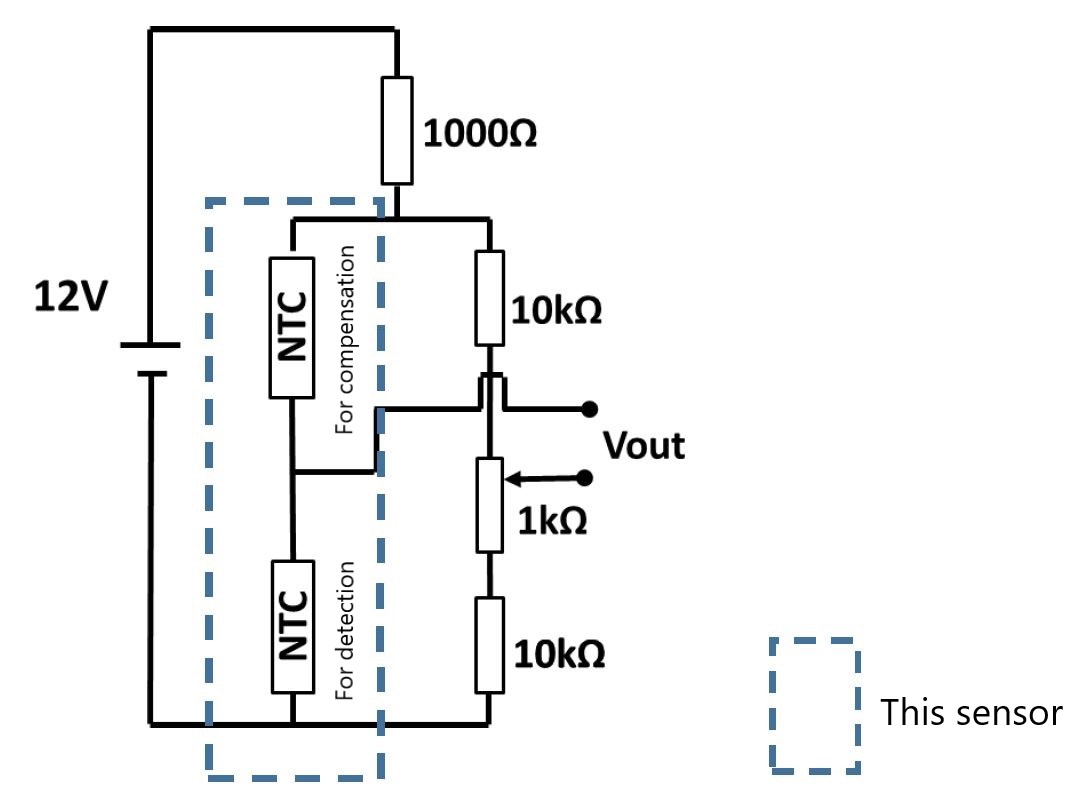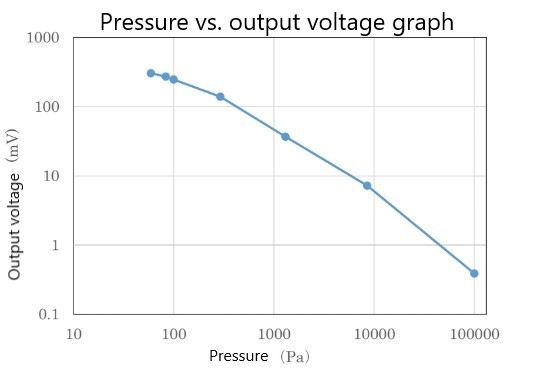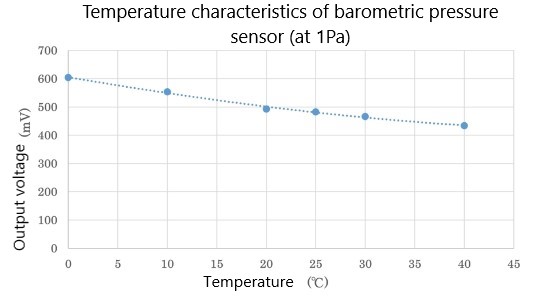
-
Products
Products
- NEXT Products
- Ultra-Accurately Measuring Active Temperature Sensor
- Ultra-Low Temperature Sensor
- Thermal Barometric Pressure Sensor
- Wind Sensor
- Tactile Sensor
- Micro Pressure Sensor
- Narrow View Angle Thermopile
- Laminated Sensor(Under development)
- Compact Vacuum Sensor for Vacuum Insulation Materials
- Thin-film FT Thermistor for Wire Bonding
- Ultra-Thin Glass Substrate Thin-Film Thermistor Sensors
- Thermal Conductive Refrigerant Gas Sensor Module (Under development)
- Technology
- Applications
- Company
- Sustainability





